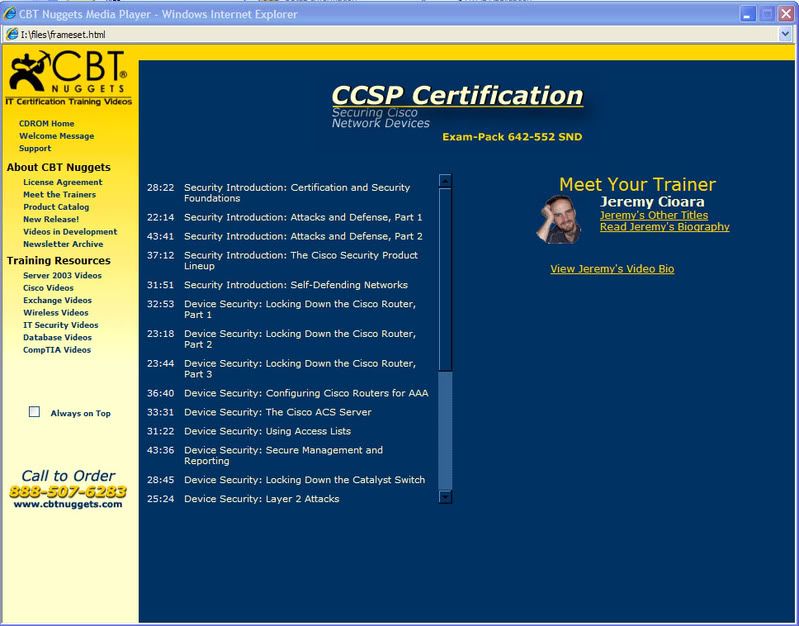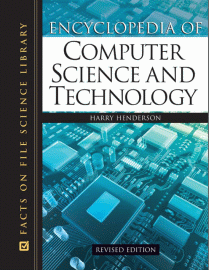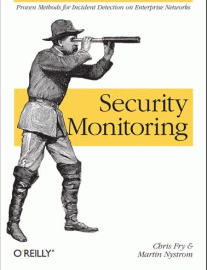
CBT Download Link:
Books Download Link:
Cisco.Press.SCND.StudentGuide.v.2.0.Vol.1
Cisco.Press.SCND.StudentGuide.v.2.0.Vol.2
Actual Test Dumps Download Link:
ActualTest_642-552_SDN_v08.07.07
Slides Download Link:
Disclaimer: This site does not store any files on its server.We only index and link to content provided by other sites. Passing exams means nothing if you cannot perform at work. Create virtual/physical labs and practice...

CBT Download Link:
Books Download Link:
Cisco.Press.SCND.StudentGuide.v.2.0.Vol.1
Cisco.Press.SCND.StudentGuide.v.2.0.Vol.2
Actual Test Dumps Download Link:
ActualTest_642-552_SDN_v08.07.07
Slides Download Link:

Overview
This course is available only in self-paced format (voice-over-video) taught by Laura Chappell.
The course DVD includes videos, supplemental files (in PDF format) and reference/resource materials for the network analyst.
This course focuses on both the normal and abnormal communication patterns of the TCP/IP
suite and most common applications including DHCP, DNS, FTP, Telnet, HTTP, POP and
SMTP.
Course Overview - Introduction
Section 1: TCP/IP Functionality Overview
Section 2: Analyze DNS Traffic
Section 3: Analyze ARP Traffic
Section 4: Analyze IPv4 Traffic
Section 5: Analyze ICMP Traffic
Section 6: Analyze UDP Traffic
Section 7: Analyze TCP Traffic
Section 8: Analyze DHCP Traffic
Section 9: Analyze HTTP Traffic
Section 10: Analyze Telnet Traffic
Section 11: Analyze FTP Traffic
Section 12: Analyze POP Traffic
Section 13: Analyze SMTP Traffic
This course focuses on both the normal and abnormal communication patterns of the TCP/IP
suite and most common applications including DHCP, DNS, FTP, Telnet, HTTP, POP and
SMTP.
Recommended prerequisite knowledge:
Basic network components (hubs, switches, routers)
IP network address structure
Wireshark functionality and features (see Wireshark University Course WSU01)
Navigation
Packet detail tree expansion
Capture traffic
Display filtering on protocol or field
Create basic Wireshark graphs
Save packets based on filters, markers or range value
Download
ws.univ.botcamp.2.tcpnetwk.analsis.part01
ws.univ.botcamp.2.tcpnetwk.analsis.part02
ws.univ.botcamp.2.tcpnetwk.analsis.part03
ws.univ.botcamp.2.tcpnetwk.analsis.part04
ws.univ.botcamp.2.tcpnetwk.analsis.part05
ws.univ.botcamp.2.tcpnetwk.analsis.part06
ws.univ.botcamp.2.tcpnetwk.analsis.part07
ws.univ.botcamp.2.tcpnetwk.analsis.part08
ws.univ.botcamp.2.tcpnetwk.analsis.part09
ws.univ.botcamp.2.tcpnetwk.analsis.part10
ws.univ.botcamp.2.tcpnetwk.analsis.part11
ws.univ.botcamp.2.tcpnetwk.analsis.part12
ws.univ.botcamp.2.tcpnetwk.analsis.part13
ws.univ.botcamp.2.tcpnetwk.analsis.part14
ws.univ.botcamp.2.tcpnetwk.analsis.part15
ws.univ.botcamp.2.tcpnetwk.analsis.part16
ws.univ.botcamp.2.tcpnetwk.analsis.part17
ws.univ.botcamp.2.tcpnetwk.analsis.part18
Password default : booktraining.net

From School Library Journal
Grade 9 Up-In this A-to-Z resource, 400 mini essays are geared to students who want an overview of the topic, a discussion of its significance, and a guide to further reading. An introduction ends with a list of subject groupings of related entries such as "Computer Languages," "Business Applications," and "AI and Robotics." Biographies of historical figures such as Charles Babbage and Grace Hopper and modern visionaries like Bill Joy and Marvin Minsky are often accompanied by captioned photographs. Articles explain the role of "women in computing," "fuzzy logic," and "hypertext and hypermedia"; many entries are devoted to the future of computing and social issues such as intellectual property and privacy. Nearly every page contains a diagram, chart, or photograph. An illustration of the inner workings of a mouse and a simple graphic of computer animation are useful for students. More complex flowcharts explain database structure, HTML, and network systems. Appendixes list people who have received major awards in these fields and related organizations and include a chronology and a bibliography with Web resources. The general index is hierarchical and synonym rich. This solid resource succeeds in explaining technical aspects of these subjects to general readers.
Vicki Reutter, Cazenovia High School, NY
Copyright 2003 Reed Business Information, Inc. --This text refers to the Hardcover edition.
From Booklist
This encyclopedia focuses on computers and issues related to computers. More than 400 entries, arranged alphabetically, provide information on hardware, software, computer languages, operating systems, applications, the Internet, key individuals, and social issues such as the digital divide. With a limited number of entries, topic selection appears based on popularity. For example, Microsoft Windows gets a three-page main entry, while the Macintosh operating system is only mentioned within articles related to Macintosh (e.g., Jobs, Steven Paul).
Articles average about a page in length. The longest, History of computing, stretches to just over four pages. All articles have a list of further readings, usually two to eight items, often including Web sites. Citations for books and articles are current, with several from 2002.
Articles on various computer languages might be too technical for the novice computer user. For example, the article on C++ provides sample code. On the other hand, articles on hardware seem tailored for the beginner. Mouse traces the development of the mouse, includes a diagram of a mechanical mouse, and has statements such as "Activating a button is called clicking." As a result, both beginners and more experienced computer users should find this resource helpful.
The 167 black-and-white illustrations include charts, drawings, flowcharts, photographs, and screen shots. Four appendixes include a list of bibliographic guides (both print and Web based) to the computer field, a chronology of computing, important awards, and computer-related organizations. The encyclopedia also offers a listing of entries by general category in the front and a keyword index in the back.
Download Link:
Password default : booktraining.net

How well does your enterprise stand up against today's sophisticated security threats? With this book, security experts from Cisco Systems demonstrate how you can detect damaging security incidents on your global network -first by discovering which assets you need to monitor closely, then by helping you develop targeted strategies and pragmatic techniques to identify security incidents.
Security Monitoring offers six steps to improve network monitoring, based on the authors' years of experience conducting incident response to keep Cisco's global network secure. These steps will guide you through the following:
* Develop Policies: define the rules, regulations, and criteria against which to monitor
* Know Your Network: build knowledge of your infrastructure with network telemetry
* Select Your Targets: define the subset of infrastructure where you'll focus monitoring
* Choose Event Sources: identify the event types needed to discover policy violations
* Feed and Tune: collect data and generate alerts, tuning systems using context
* Maintain Dependable Event Sources: prevent critical gaps in your event collection and monitoring
To help you understand this framework, Security Monitoring illustrates its recommendations using a fictional mobile telephony provider. Each chapter's approach and techniques are overlaid against this fictional example with diagrams and detailed examples. These recommendations will help you select and deploy the best techniques for monitoring your own enterprise network.
Download Link:
Password default : booktraining.net